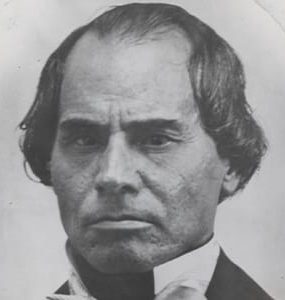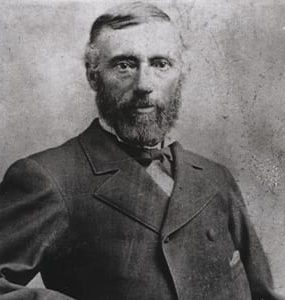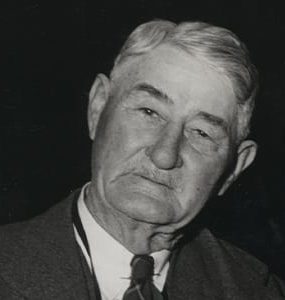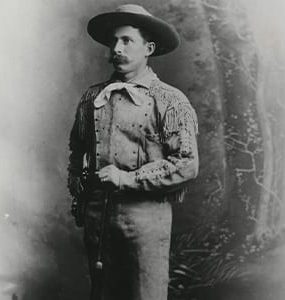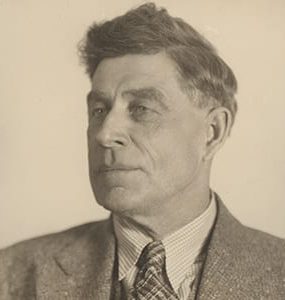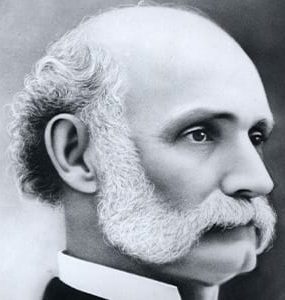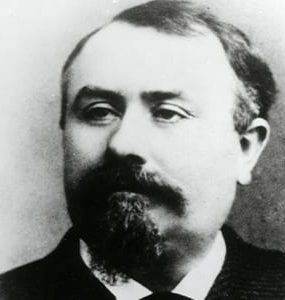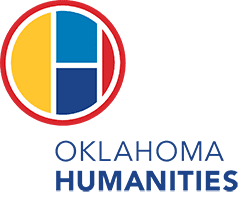Bio
William Wells Bent (1809–1869) was a prominent American frontier trader, rancher, and diplomat who shaped relations between Native American tribes and the U.S. government during the 19th century. Born into a pioneering family in St. Louis, Missouri, Bent ventured west in his early 20s to engage in the fur trade and build his fortune. In 1833, he and his brothers established Bent’s Fort along the Santa Fe Trail in what is now Colorado, making it a crucial trading post for trappers, traders, settlers, and Plains tribes, including the Cheyenne and Arapaho.
Bent’s Fort became a cultural crossroads where Bent, fluent in several Native languages, brokered deals and maintained peaceful relations with the Cheyenne, with whom he had close ties. He married Owl Woman, a Cheyenne woman, further strengthening his bond with the tribe. Bent’s reputation as a fair trader and his knowledge of Native customs earned him respect among Native Americans and U.S. officials.
Despite his efforts to mediate conflicts, the increasing tensions between the U.S. government and Native tribes led to violence, most notably the Sand Creek Massacre in 1864. Deeply affected by the event, Bent spent his later years as a rancher and continued working with Native communities until his death in 1869.
Bent’s legacy endures through his role in fostering trade and diplomacy on the American frontier, and Bent’s Old Fort remains a symbol of his contributions to the development of the American West.

